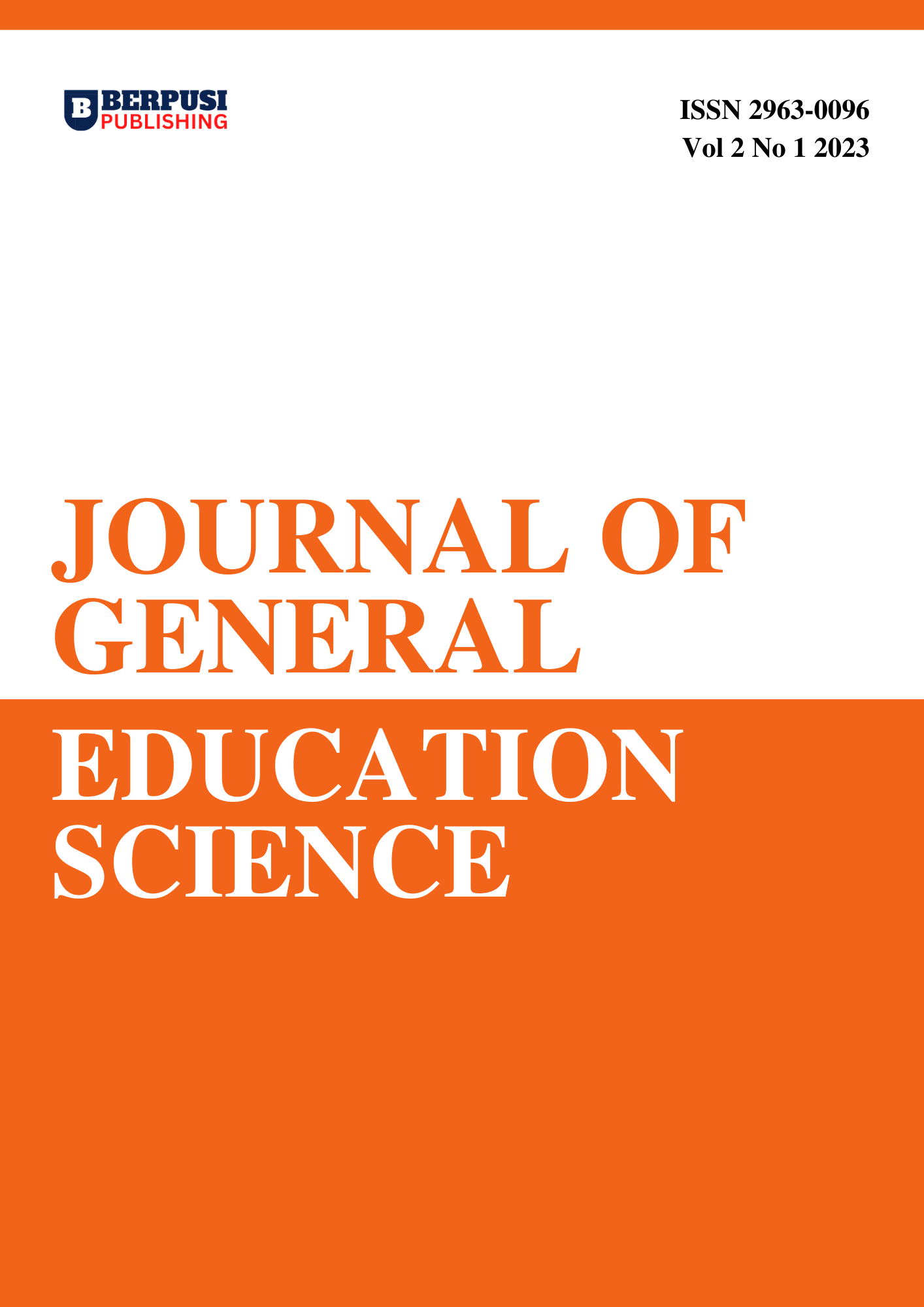The Analysis of Student Learning Motivation in Communication Education Courses in The Islamic Religion Study Program, Faculty of Islamic Religion, Universitas Muhammadiyah Sumatera Utara
DOI:
https://doi.org/10.62966/joges.vi.521Keywords:
Civic Education LessonsAbstract
In higher education, especially at the Muhammadiyah University of North Sumatra, there are various kinds of platforms that can be used to develop students' interests, talents and creativity. One of the faculties at the Muhammadiyah University of North Sumatra is the Faculty of Islamic Religion. Student success in learning on campus can be seen through learning achievements shown in the Achievement Index (IP). Learning achievement is a point of attention that becomes a benchmark for student success in their learning process over a certain period of time. Students with high learning achievements can be interpreted as having been successful in their studies. Student success in learning achievement is influenced by several things, one of which is the student's activeness, especially communication science. A student must have communication skills such as public speaking, students can develop and apply the skills they have and can also train leadership skills. However, if you want to take part in the social field, communication science is needed everywhere. Speaking skills support students in becoming content creators, leaders and others, to increase their particular attractiveness.
References
Arifin, Muzayyin. Philosophy of Islamic Religious Education. Jakarta: Bumi Aksara, Cet.5, 2010.
Arifin, Z. (2012). Learning Evaluation. Jakarta: Directorate General of Islamic Education, Ministry of Religion
Daradjat, Z. (2008). Special Methodology for Teaching Islam. Jakarta: Bumi Literacy.
Hamalik, O. (2003). Curriculum and Learning. Jakarta: Bumi Literacy.
Hamalik, Oemar. Curriculum and Learning, Jakarta: PT. Bumi Aksara, Cet. 10, 2010.
Hamdani. (2010). Teaching and Learning Strategies. Bandung: CV. Faithful Library.
Hanafiah, Nanang and Granddaughter Suhana. Learning Strategy Concept. Bandung: PT. Refika Aditama, Cet. 1, 2009.
Hasan, C. (1994). Dimensions of Educational Psychology. Surabaya: Al-Ikhlas.
Huberman, M. B. (1992). Qualitative Data Analysis. Jakarta: UI Press.
Iskandar. (2009). Classroom action research. Ciputat: Echo Persada Press.
Iskandar. (2009). Educational Psychology A New Orientation. Ciputat: Echo Persada Press.
Moleong, L. J. (1995). Qualitative Research Methodology. Bandung: PT. Rosdakarya Teenager.
Nasution, A.-R. d. (2011). Learning and Learning Theory. Medan: Perdana Publications.
Nasution, S. (1992). Various Approaches in the Teaching and Learning Process. Jakarta: Bumi Literacy.
Purwanto, MN (1994). Principles and Techniques of Teaching Evaluation. Bandung: Rosdakarya.
Purwanto, N. (1991). Educational Psychology. Bandung: Rosdakarya Youth.
Rosnita. (2007). Education Evaluation. Bandung: Ciptapustaka Medi
Script. Uno, HB (2010). Learning Model: Creating an Effective and Creative Learning Process. Jakarta: Bumi Literacy.
Umar, Husein., Research Methods for Theses and Theses, Jakarta: Rajawali Pers, 2011
Uno, HB (2008). Motivation Theory and Its Measurement: Analysis in the Field of Education. Jakarta: Earth
Winataputra. (2005). Student Development. Jakarta: Open University, Ministry of National Education.
Downloads
Published
How to Cite
Issue
Section
License
Copyright (c) 2023 Ulfa Tsania, Muhammad Syahril, Rini Ariani

This work is licensed under a Creative Commons Attribution-NonCommercial-NoDerivatives 4.0 International License.



